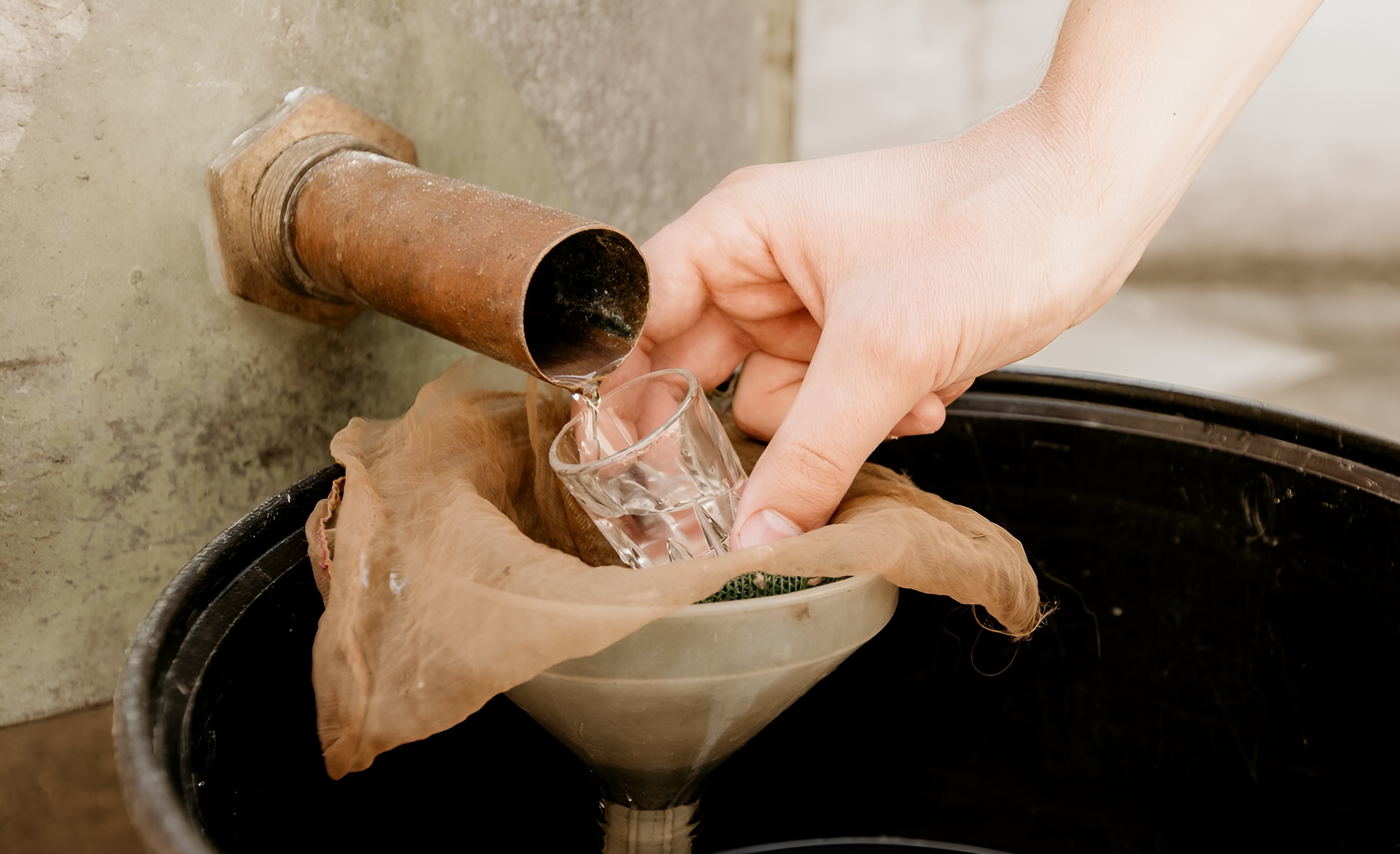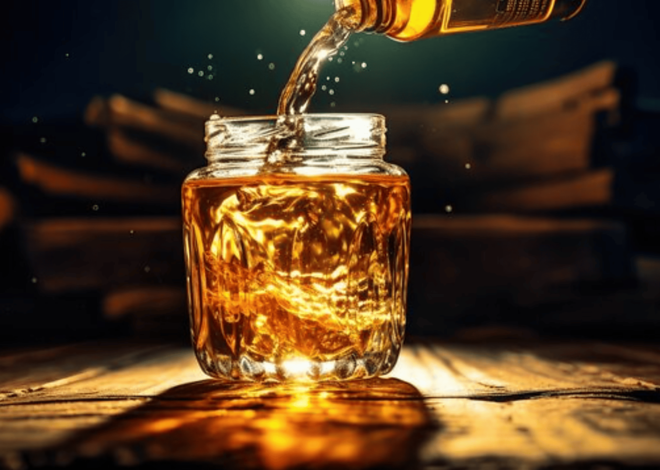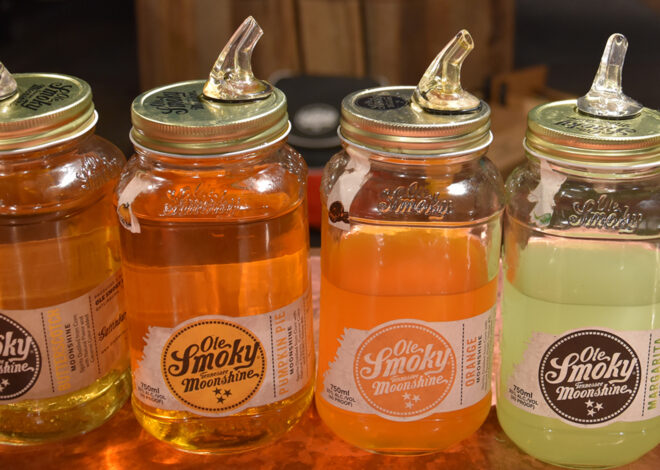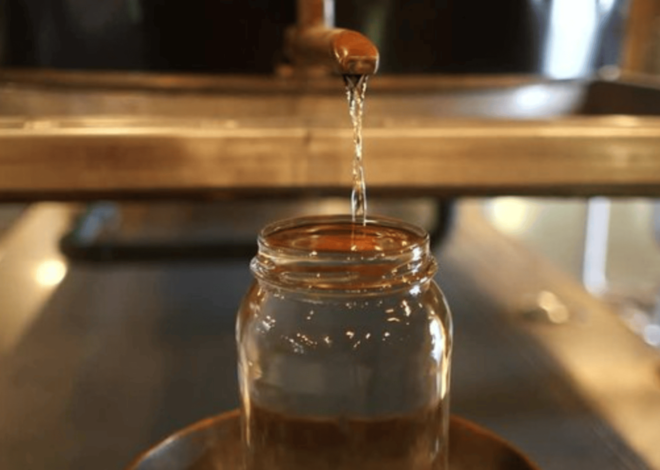
Advanced Moonshine Making Tips
In this guide, we’ll dive into advanced moonshine making tips that will elevate your brew from ordinary to extraordinary. Moonshine making is more than just a hobby; it’s an art form steeped in history and tradition. For many enthusiasts, crafting this illicit spirit brings excitement and satisfaction that’s hard to match.
Whether you’re rekindling ancestral techniques or exploring modern innovations, mastering the craft requires skill and dedication. Get ready to unleash your inner distiller as we explore everything from fermentation secrets to flavor enhancements!
The History of Moonshine
Moonshine has deep roots in American history, tracing back to the early settlers who sought independence from British taxation. In the 1700s, farmers distilled corn and other grains into high-proof spirits as a way to survive economically. As the country grew, so did the craft of moonshining.
During Prohibition in the 1920s, homemade liquor became a symbol of resistance against government control. Speakeasies thrived, and illicit stills popped up across rural America. Throughout these tumultuous times, moonshine operated under an air of secrecy.
It was often produced at night or hidden away in remote locations to evade law enforcement. The legacy continued into modern times with a renewed interest in craft distilling and artisan spirits. Today’s enthusiasts blend traditional methods with contemporary techniques while paying homage to those who pioneered this underground art form.
The Basic Process of Making Moonshine
Making moonshine starts with the fermentation process. You’ll need a sugar source, usually corn or fruit, mixed with water and yeast. This mixture is known as mash. Once combined, let the mash sit for about a week. During this time, yeast transforms sugars into alcohol.
Keep an eye on temperature and bubbles—these are good signs that fermentation is happening. After fermenting, it’s time to distill. Transfer the fermented mash to your still and heat it gradually. Alcohol vapors will rise through the still while unwanted compounds stay behind.
As you collect distillate from the condenser, separate heads (the first portion), hearts (the main product), and tails (the last part). Each has unique flavors and alcohol content. Remember to monitor everything closely during this phase; consistency is key in achieving quality moonshine!
Essential Equipment for Making Moonshine
To make moonshine, having the right equipment is crucial. Start with a fermentation vessel. This container should be food-grade and able to hold at least five gallons of liquid. Next up is an airlock. This small device lets gases escape during fermentation while keeping contaminants out.
It’s essential for a smooth fermentation process. You’ll also need a still—this is where the magic happens. Stills come in various designs, from pot stills to reflux stills, each offering different levels of purity and flavor profiles. A thermometer helps you monitor temperatures closely during distillation.
Precise temperature control can significantly impact your final product’s quality. Don’t forget about storage containers for aging or bottling your moonshine. Glass jars are ideal since they won’t impart any unwanted flavors over time. Investing in quality tools will elevate your moonshining experience tremendously!
Advanced Tips for Fermenting and Distilling
Fermentation is where the magic begins. Precision matters! Keep your yeast healthy by maintaining optimal temperature and pH levels. Too hot, and you risk off-flavors; too cold, and fermentation can stall. Consider using multiple yeast strains for complexity.
Each strain brings unique characteristics to the final product. Experiment with sugar sources like molasses or honey to create different profiles. When it’s time to distill, patience is key. Slow distillation allows for better separation of heads, hearts, and tails—this greatly influences flavor purity.
Monitor your cuts carefully during distilling. Collect in smaller fractions so you can taste as you go. This helps identify which sections to keep or discard for a smoother finish. Don’t shy away from experimenting with barrel aging techniques after distillation. Different woods impart varied flavors that elevate your moonshine further!
Flavor Enhancements:
Flavor enhancements can elevate your moonshine to new heights. Experimenting with different ingredients opens up a world of possibilities. Playing with these flavor profiles allows you to craft truly unique batches of moonshine that impress friends and family alike.
A. Infusing Fruits
Infusing fruits into moonshine adds a delightful twist to your homemade spirit. The natural sugars and flavors of the fruit can enhance the overall taste profile, making it more enjoyable.
Start with fresh or frozen fruits. Berries, peaches, and apples are popular choices for infusions. Chop them up to release their juices, which will mingle beautifully with your base alcohol.
Place the prepared fruit in a jar and cover it with your distilled spirits. Seal tightly and let it sit for at least a week. This waiting period allows time for flavors to meld together.
Be sure to shake the jar gently every few days. This helps extract even more intense flavors from the fruit.
Taste testing is essential! Sample your infusion periodically until you reach your desired flavor intensity. Once ready, strain out the solids before bottling your infused moonshine for an elegant finish.
B. Herbs
Herbs can transform your moonshine into a unique masterpiece. They bring depth and complexity to the flavor profile that enhances the spirit’s natural characteristics.
Consider using fresh herbs like rosemary, basil, or mint. Each adds an aromatic quality that’s refreshing and unexpected. For instance, mint-infused moonshine is perfect for summer cocktails, adding a cool twist to classic drinks.
Dried herbs can also work wonders. Thyme and sage lend earthy tones that create warmth in each sip. Experiment with combinations to find what resonates with you.
When infusing herbs, timing is key. Start with a small amount and taste regularly. This allows you to control the intensity of flavors without overwhelming your shine.
Strain out the herbs after infusion to achieve clarity in your final product. A clear spirit not only looks appealing but also ensures that unwanted bitterness doesn’t linger on the palate.
C. Spices
Spices can transform plain moonshine into a complex and flavorful spirit. They add depth and character, making your creation stand out.
Consider cinnamon for warmth or nutmeg for an earthy touch. A small amount goes a long way in enhancing flavor profiles without overpowering the base spirit.
Cloves introduce a subtle sweetness, while cardamom lends an exotic aroma. Experimenting with these spices can yield delightful surprises.
For those seeking a bit of heat, adding chili flakes or black pepper can create an intriguing contrast against the natural sweetness of your distillate. The key is to balance flavors carefully; start with just a pinch and adjust as needed.
Remember to let your infused moonshine sit for several days before tasting. This resting period allows the spices to meld beautifully with the alcohol, resulting in a harmonious blend that tantalizes the palate.
Legal Considerations for Moonshine Making
Moonshine production sits in a legal gray area across many regions. Understanding local laws is crucial before diving into this craft. In the U. S., federal regulations strictly prohibit distilling spirits without a permit, even for personal use. State laws add another layer of complexity.
Some states may allow home distillation under specific conditions, while others impose hefty penalties for unlicensed production. Researching your state’s requirements will save you from potential legal trouble. Licenses can be cumbersome and expensive to obtain but are necessary if you plan to sell your moonshine commercially.
Federal permits involve detailed applications and compliance with health standards. Even when operating legally, labeling your product correctly is essential. Misleading labels can lead to fines or worse consequences if authorities scrutinize your operation.
Navigating these regulations requires diligence and commitment but ensures that you enjoy crafting moonshine without risking unwanted encounters with the law.
Advanced Tips for Perfecting Your Moonshine
Perfecting your moonshine requires a delicate balance of science and art. Start by closely monitoring your fermentation temperature. Yeast thrives within specific ranges, so keeping the environment stable will lead to better flavors. Consider experimenting with different yeast strains.
Each strain can impart unique characteristics, enhancing your final product’s complexity. When it comes to distillation, take great care in separating the heads, hearts, and tails during the run. The heads contain undesirable compounds that could spoil the flavor while retaining too many tails might introduce off-tastes.
Don’t rush this process; patience yields much higher quality spirits. Aging is another crucial step often overlooked by beginners. Consider using charred oak barrels or even small pieces of oak for infusion over time—this method can add depth and richness to your shine. Always taste along the way; adjustments based on flavor profiles will help you craft something truly exceptional each batch!
Safety Precautions and Best Practices
Safety should always be your top priority when making moonshine. First, work in a well-ventilated area to prevent the buildup of dangerous fumes. A good airflow reduces risks significantly. Always wear protective gear such as gloves and goggles.
This minimizes skin contact with harmful substances and protects your eyes from splashes or spills. Keep a fire extinguisher nearby. Alcohol is highly flammable, so it’s wise to be prepared for any accidents that may occur during production. Use proper storage containers made from non-reactive materials like glass or stainless steel.
They help maintain the quality of your product while ensuring safety. Never leave equipment unattended during the distillation process. Staying vigilant can help you spot potential problems before they escalate into serious hazards.”
Troubleshooting Common Issues
Troubleshooting common issues in moonshine making can save your batch from ruin. One frequent problem is fermentation stalling. If your mash isn’t bubbling, check the temperature. Yeast thrives between 70°F and 85°F. Another issue might be off-flavors or aromas during distillation.
This often results from using low-quality ingredients or improper cleaning of equipment. Ensure all tools are sanitized to avoid unwanted contaminants. Cloudiness in your final product? This could signal too much sediment left after straining. Use a fine filter to improve clarity before bottling.
If you’re experiencing a weak yield, revisit your mashing process. Ensure you’re extracting enough sugars before fermentation starts; this will lead to a stronger alcohol content later on.
Selling Your Moonshine:
Selling moonshine can be a lucrative venture, but it comes with strict legal guidelines. Before you consider entering the market, familiarize yourself with your local laws. In many areas, distilling alcohol without a license is illegal.
A. Regulations
When it comes to making moonshine, understanding the regulations is crucial. The laws surrounding distilling spirits vary significantly from one region to another. In many countries, producing alcohol without proper licenses can lead to hefty fines or even imprisonment.
In the United States, for example, federal law mandates that you must obtain a permit from the Alcohol and Tobacco Tax and Trade Bureau (TTB) before distilling any spirits for personal or commercial use. Additionally, state laws may impose their own requirements regarding permits and taxation.
It’s essential to research local legislation thoroughly. Some states may allow home distillation under specific conditions while others outright ban it.
Ignoring these regulations can not only jeopardize your moonshine operation but also put you at legal risk. Always stay informed about changes in local laws related to alcohol production—compliance is key for peace of mind as you embark on your moonshine-making journey.
B. Recommendations
When it comes to selling your moonshine, a few recommendations can make all the difference. First, always prioritize quality over quantity. Crafting small batches allows you to focus on flavor, ensuring each drop is exceptional.
Next, consider branding. Create an appealing label that reflects the spirit of your product. This not only attracts customers but builds trust in its authenticity.
Engage with local markets and events for exposure. Farmers’ markets or craft fairs provide a platform to connect directly with potential buyers.
Educate yourself about different distribution channels too—think bars and restaurants that may be interested in unique offerings.
Network within the community of distillers and enthusiasts. Sharing experiences and knowledge can lead to valuable opportunities for collaboration or sales advice tailored specifically for moonshine producers.
Conclusion: Making Moonshine Like a Bootlegger
Making moonshine like a bootlegger is not just about the process; it’s an art form that combines history, tradition, and creativity. With advanced techniques in fermentation and distillation, you can elevate your craft to new heights. Experimenting with flavors through fruits, herbs, and spices allows for unique creations that reflect your personal taste.
Understanding the legal landscape surrounding moonshine making is crucial. This knowledge will help navigate potential pitfalls while ensuring you stay compliant with regulations. Always prioritize safety when working with equipment to avoid accidents or mishaps. Troubleshooting common issues can be frustrating but rewarding once resolved.
Learning from mistakes helps hone your skills over time. Whether you’re crafting moonshine for personal enjoyment or considering selling it down the line, following best practices ensures quality results every time. Embrace this journey of discovery as you refine your technique and share your passion for homemade spirits with others who appreciate the rich lore behind every drop of moonshine produced.



